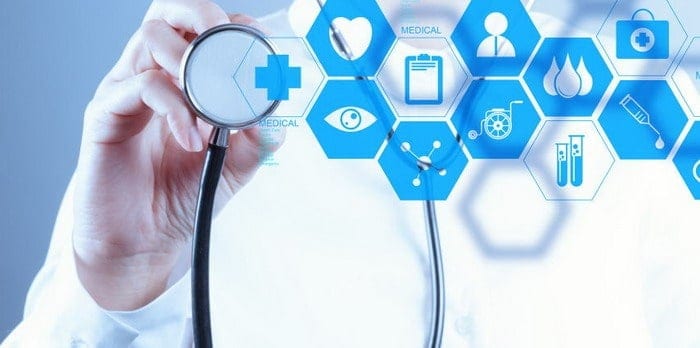Technology affects our daily lives, and that includes the healthcare industry. Through the years, medical professionals have adopted various groundbreaking innovations to help them provide better healthcare to the community. In this article, we’ll about the ways technology helps professionals and more. Read on!
Better Patient Care
The overarching goal of medical technologies is to provide better patient care. For instance, medical professionals can diagnose health problems earlier and more accurately with the help of technology.

This leads to timely health intervention and better treatment outcomes. Innovative products can repair, sustain, or even replace certain body functions. Meanwhile, health apps and telemedicine help professionals monitor their patients without having to be with them physically. All of these can be provided by technology and healthcare software development services.
Better Professional Support
Professionals also benefit from technology in terms of decision-making. Early diagnosis helps them optimize treatments to achieve shorter recovery times and surgical complication rates.
Automated Processes
Healthcare professionals and organizations work in a highly regulated industry. They must follow numerous internal medical (and even non-medical) admin processes. With better technology, they can improve workflows and save significant amounts of time. Patients can fill up forms online and trigger automated processing. Training for new equipment and procedures is easier online or with the use of online training software.
Centralized Knowledge
Professionals and organizations must share knowledge to collectively improve the health and services of the community. Technology helps them have easy access to critical information, such as patient records and supporting documents. Online storage software, for instance, helps medical professionals store and retrieve information without rifling through cabinets and drawers of folders. Organizations can also use intranets as a single source of truth, while homepages can highlight critical information that connects users to more content.
Integrated Records
Integrated medical records let patients and professionals store patient histories, test results, and diagnoses online. They no longer have to visit separate locations with different health practitioners to accurately treat a patient. This also allows them to come up with more focused and personalized healthcare programs.
Telehealth Improvements
Telehealth and telemedicine are becoming the norm in the healthcare industry. With advanced technologies, patients can reach out to professionals from anywhere. With the help of such platforms, patients can consult doctors about their symptoms, medicine intake, and more. They can also purchase medicine through such platforms.

Mobile apps are also making waves among patients. Such apps can help them with everything from check-up prompts to 24/7access to their test results without even booking an appointment with their general practitioner.
Examples of Groundbreaking Medical Technologies
To get a sense of just how much technology affects the medical industry, we list some of the best technological leaps that have helped professionals in recent years:
- 3D Printing: this technology is prevalent in prosthetics — it can create perfectly matching limbs to give patients more comfort and mobility.
- Robotic Surgery: this technology adds control, flexibility, and precision to a professional’s hands. This has made certain surgical operations easier; others have previously been thought impossible to do.
- Health Wearables: this technology includes fitness trackers and other wearable technologies that help you track your vital signs, such as your heart rate and place. Specifically, health wearables can detect cardiovascular problems earlier and prevent severe conditions.
- Virtual Reality: while VR is only mainly used now for entertainment, it has great potential in helping medical professionals and students gain experience in procedures and human anatomy. Augmented reality has the same potential. The use of these complementary technologies equips medical professionals with the right tools to treat patients more effectively.

